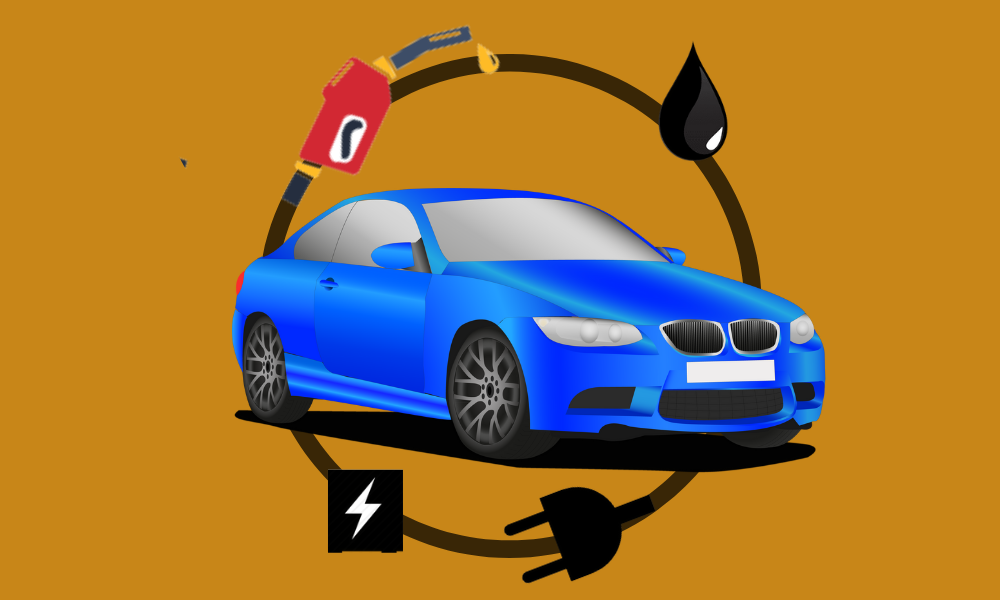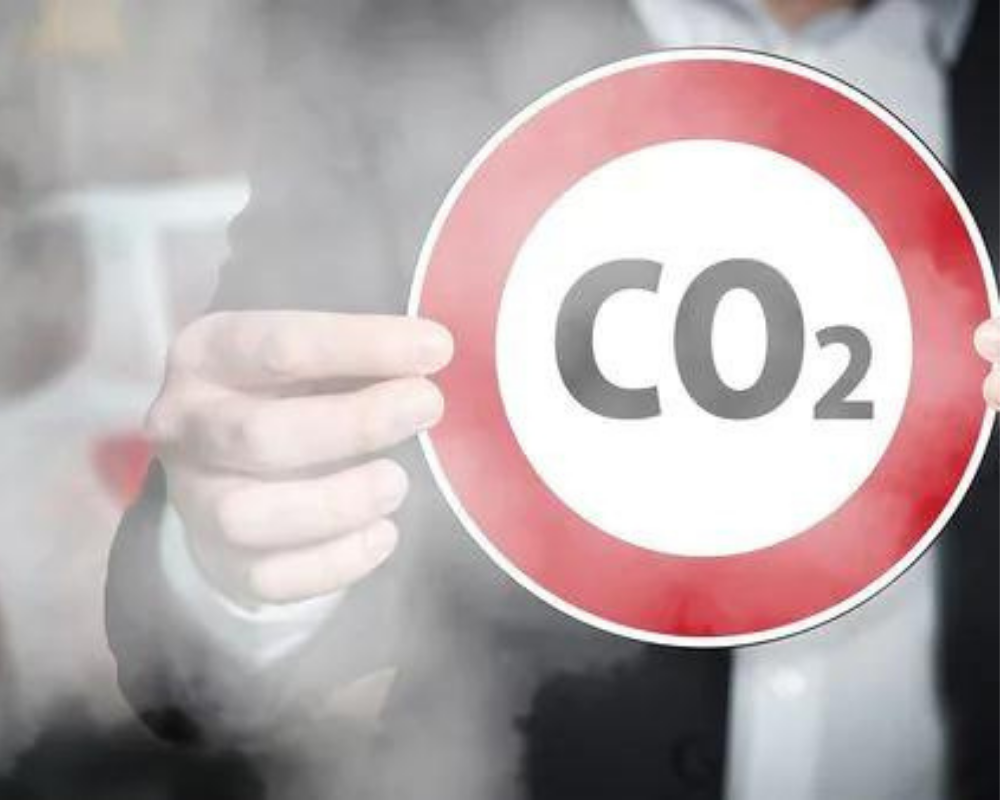
Blog
Hybrid Vehicles
Today's hybrid electric vehicles (HEVs) are powered by an internal combustion engine in
combination with one or more electric motors that use energy stored in batteries. HEVs combine
the benefits of high fuel economy and low tailpipe emissions with the power and range of conventional
vehicles.
Smart Hybrid is an advanced technology that helps increase fuel efficiency and enhances driving performance.
The engine automatically stops when idle and silently starts when the optimal conditions are met in manual
and automatic transmissions. It comes with a dual battery setup including a Lithium-Ion Battery. These high-
capacity batteries store the energy generated during braking to assist the engine's idle start-stop and the
torque assist functions. The energy stored in the Lithium-ion battery assists during acceleration which helps
the engine in providing optimal acceleration and performance.

How Do Hybrid Electric Cars Work?
Hybrid electric vehicles are powered by an internal combustion engine and an electric motor, which uses energy stored in batteries. A hybrid electric vehicle cannot be plugged in to charge the battery. Instead, the battery is charged through regenerative braking and by the internal combustion engine. The extra power provided by the electric motor can potentially allow for a smaller engine. The battery can also power auxiliary loads and reduce engine idling when stopped. Together, these features result in better fuel economy without sacrificing performance.
Key Components of a Hybrid Electric Car
Battery (auxiliary): In an electric drive vehicle, the low-voltage auxiliary battery provides electricity to start the car before the traction battery is engaged; it also powers vehicle accessories.
DC/DC converter: This device converts higher-voltage DC power from the traction battery pack to the lower-voltage DC power needed to run vehicle accessories and recharge the auxiliary battery.
Electric generator: Generates electricity from the rotating wheels while braking, transferring that energy back to the traction battery pack. Some vehicles use motor generators that perform both the drive and regeneration functions.
Electric traction motor: Using power from the traction battery pack, this motor drives the vehicle's wheels. Some vehicles use motor generators that perform both the drive and regeneration functions.
Exhaust system: The exhaust system channels the exhaust gases from the engine out through the tailpipe. A three-way catalyst is designed to reduce engine-out emissions within the exhaust system.
Fuel filler: A nozzle from a fuel dispenser attaches to the receptacle on the vehicle to fill the tank.
Fuel tank (gasoline): This tank stores gasoline on board the vehicle until it's needed by the engine.
Internal combustion engine (spark-ignited): In this configuration, fuel is injected into either the intake manifold or the combustion chamber, where it is combined with air, and the air/fuel mixture is ignited by the spark from a spark plug.
Power electronics controller: This unit manages the flow of electrical energy delivered by the traction battery, controlling the speed of the electric traction motor and the torque it produces.
Thermal system (cooling): This system maintains a proper operating temperature range of the engine, electric motor, power electronics, and other components.
Traction battery pack: Stores electricity for use by the electric traction motor.
Transmission: The transmission transfers mechanical power from the engine and/or electric traction motor to drive the wheels.
Advantages
The torque-assist function supplements the engine’s power during acceleration which reduces the load on the engine and the brake energy regeneration function captures the energy lost during braking and deceleration of the vehicle, eventually improving the engine life & performance.
Share this Article
Related Posts
Search
Latest Posts
Tags
Featured Works
Address
Address: DSR Complex 129 Y1, 1st Floor Lalbagh Main Road, Opposite Passport Office,Bangalore Karnataka 560027
Phone and Email
+ 91 9900423399
info@dsrecotech.com


.png)
.png)

.png)
.png)

.png)
.png)

.png)